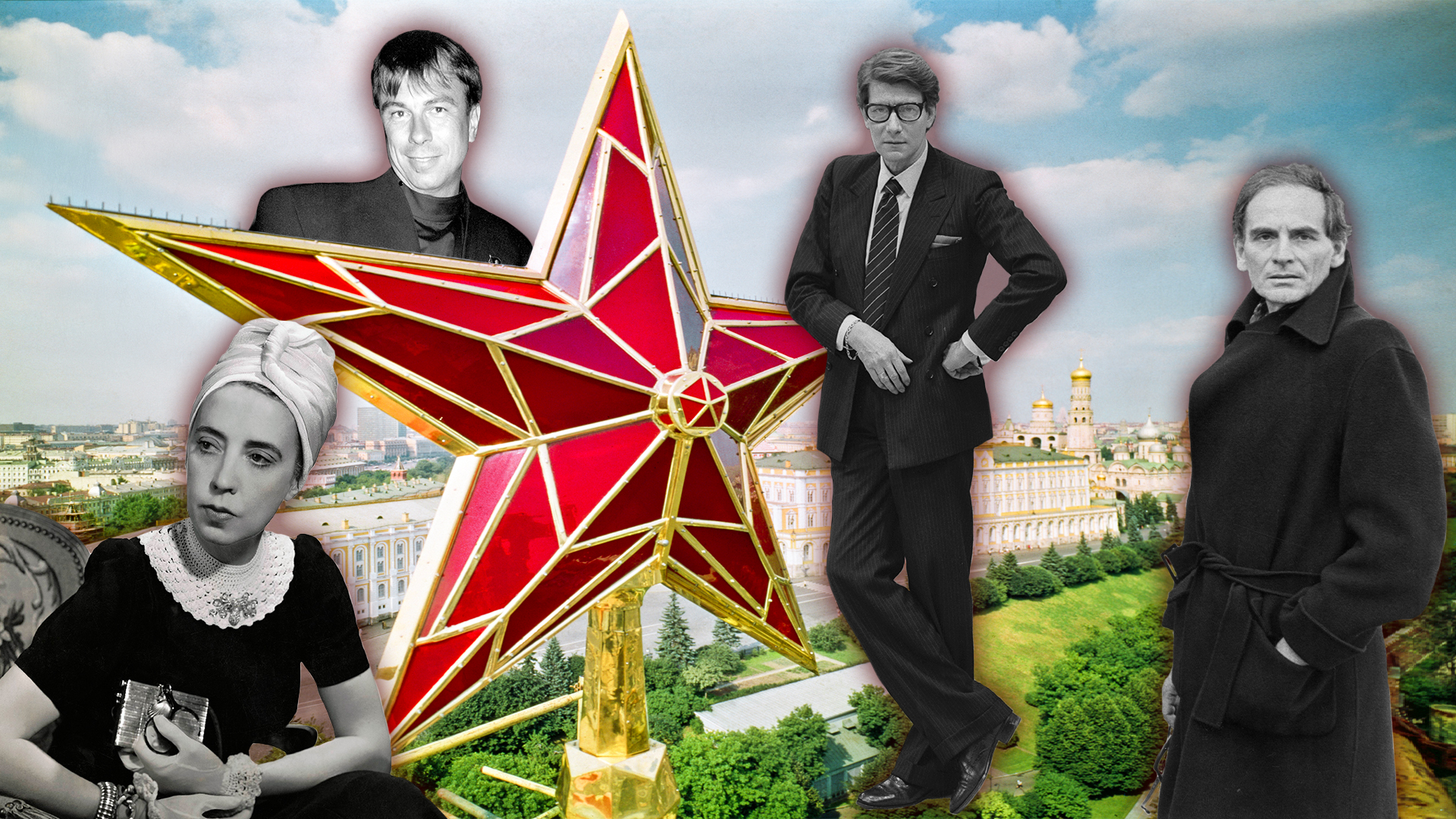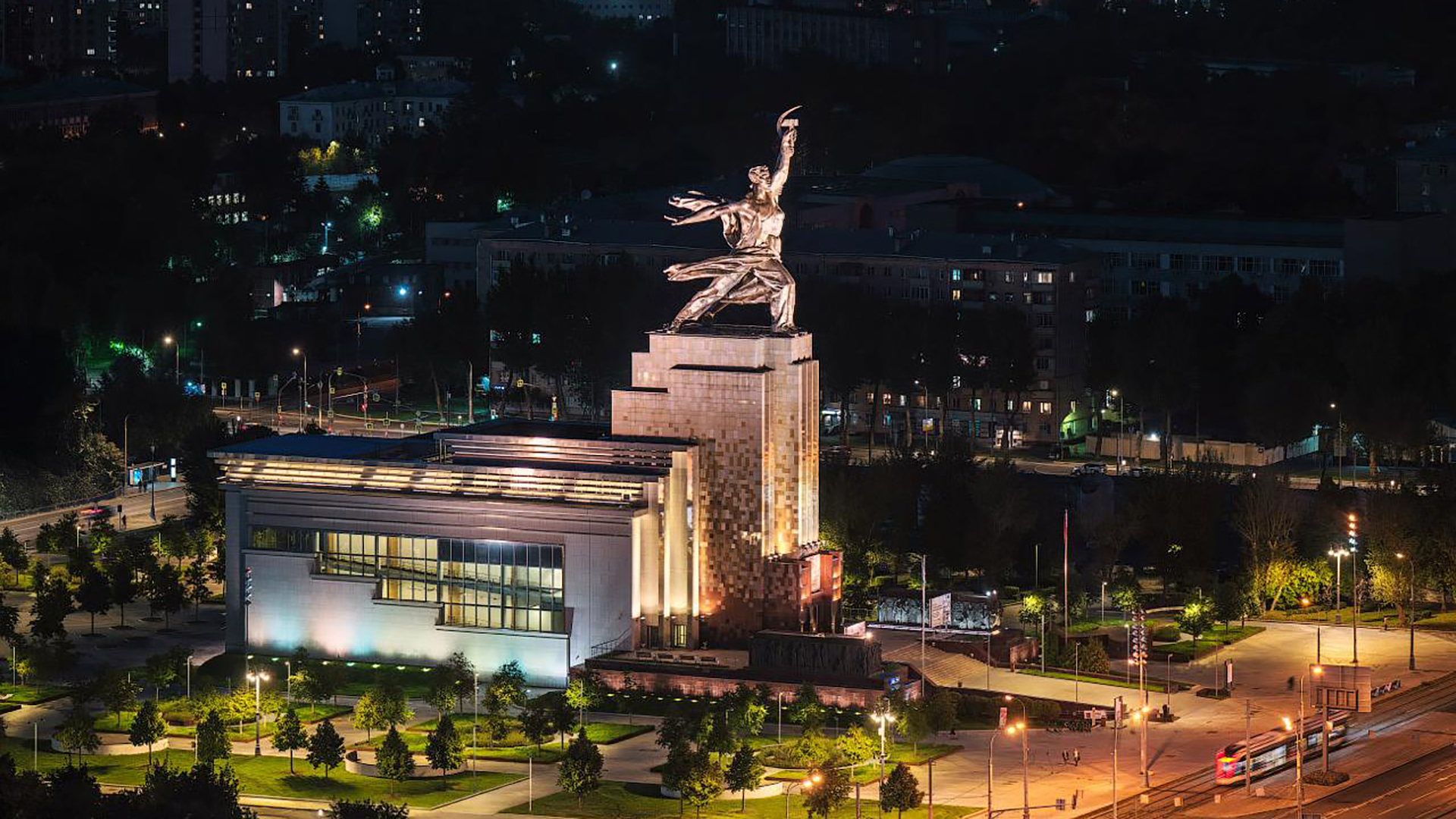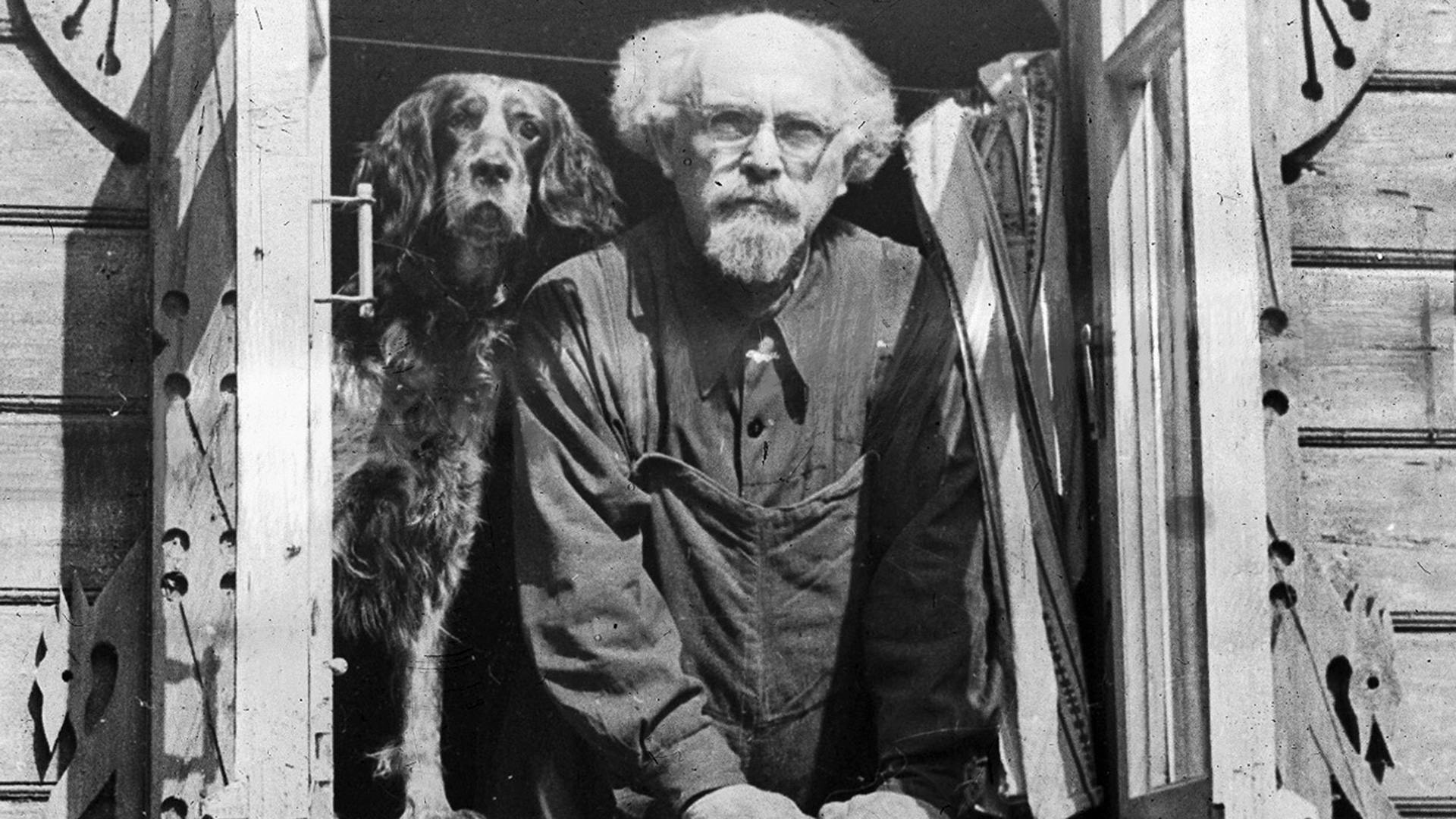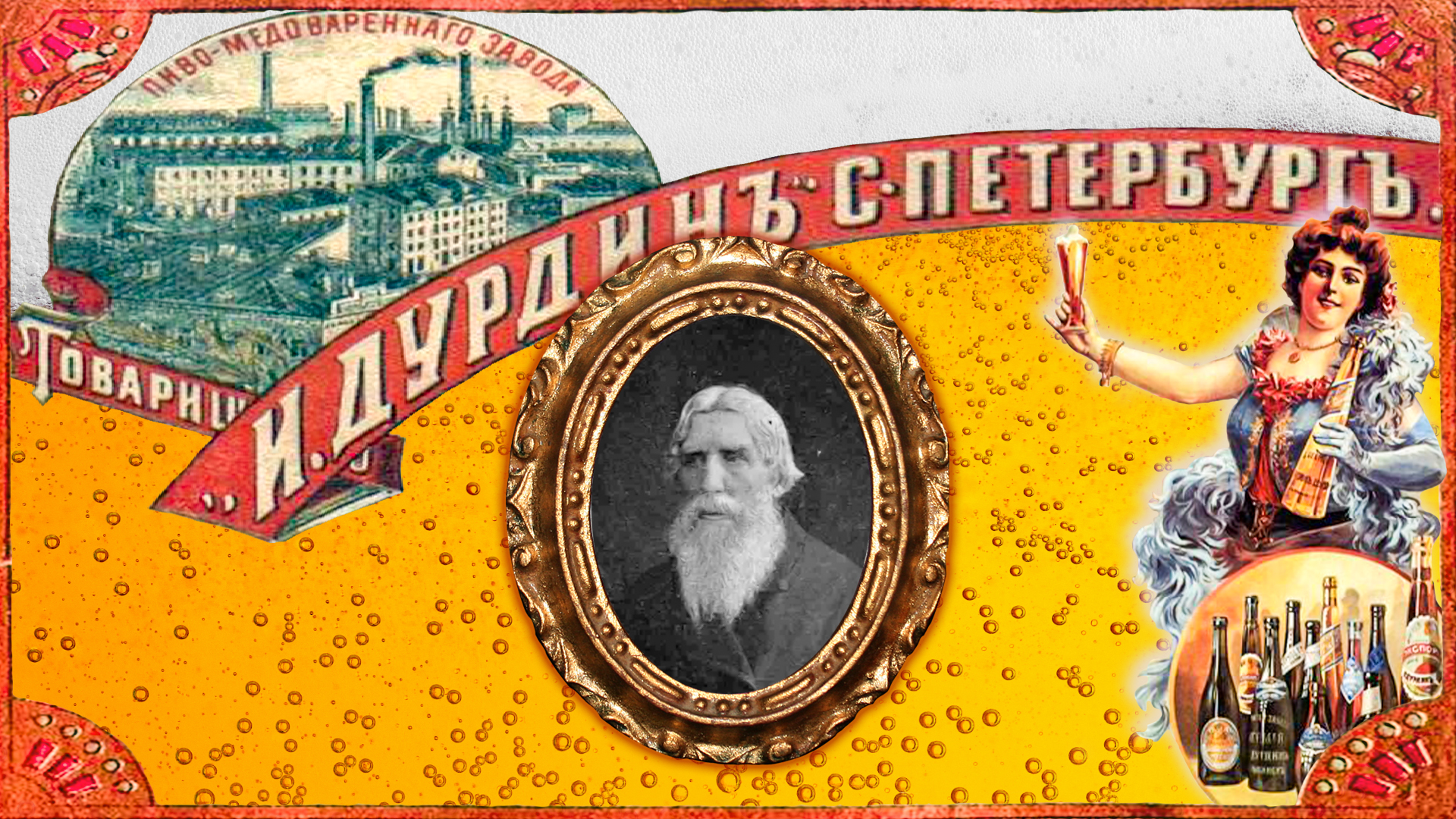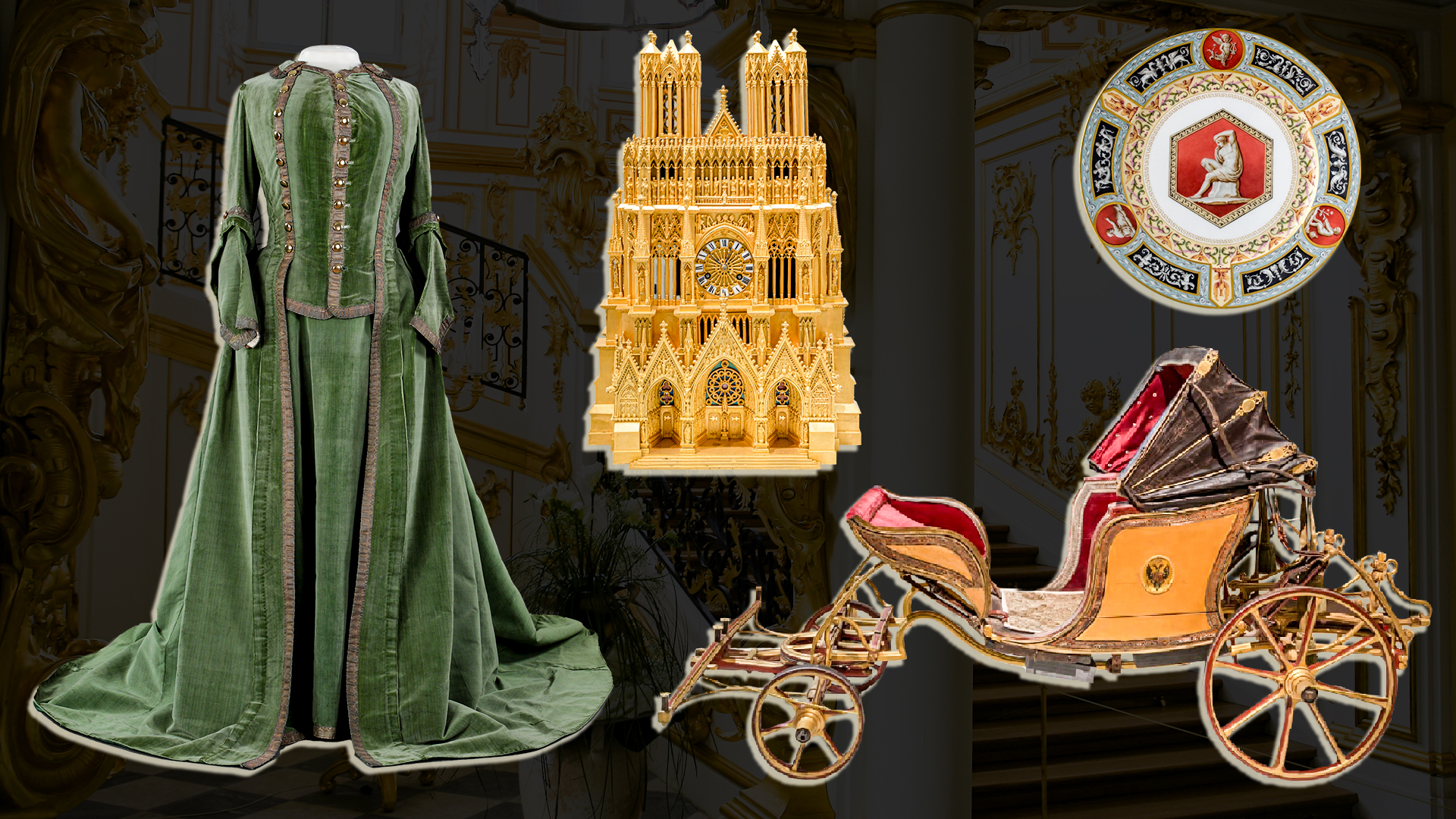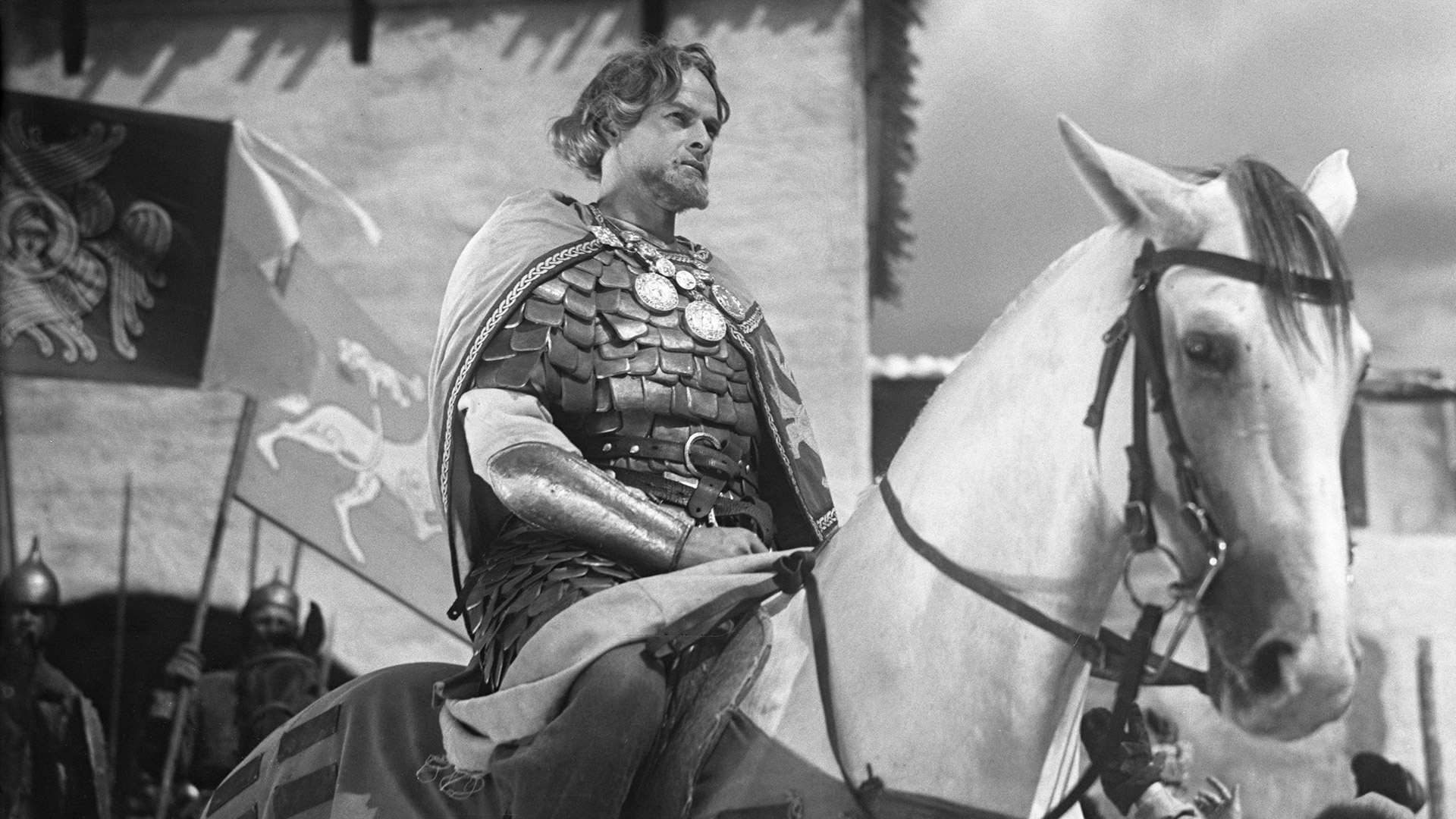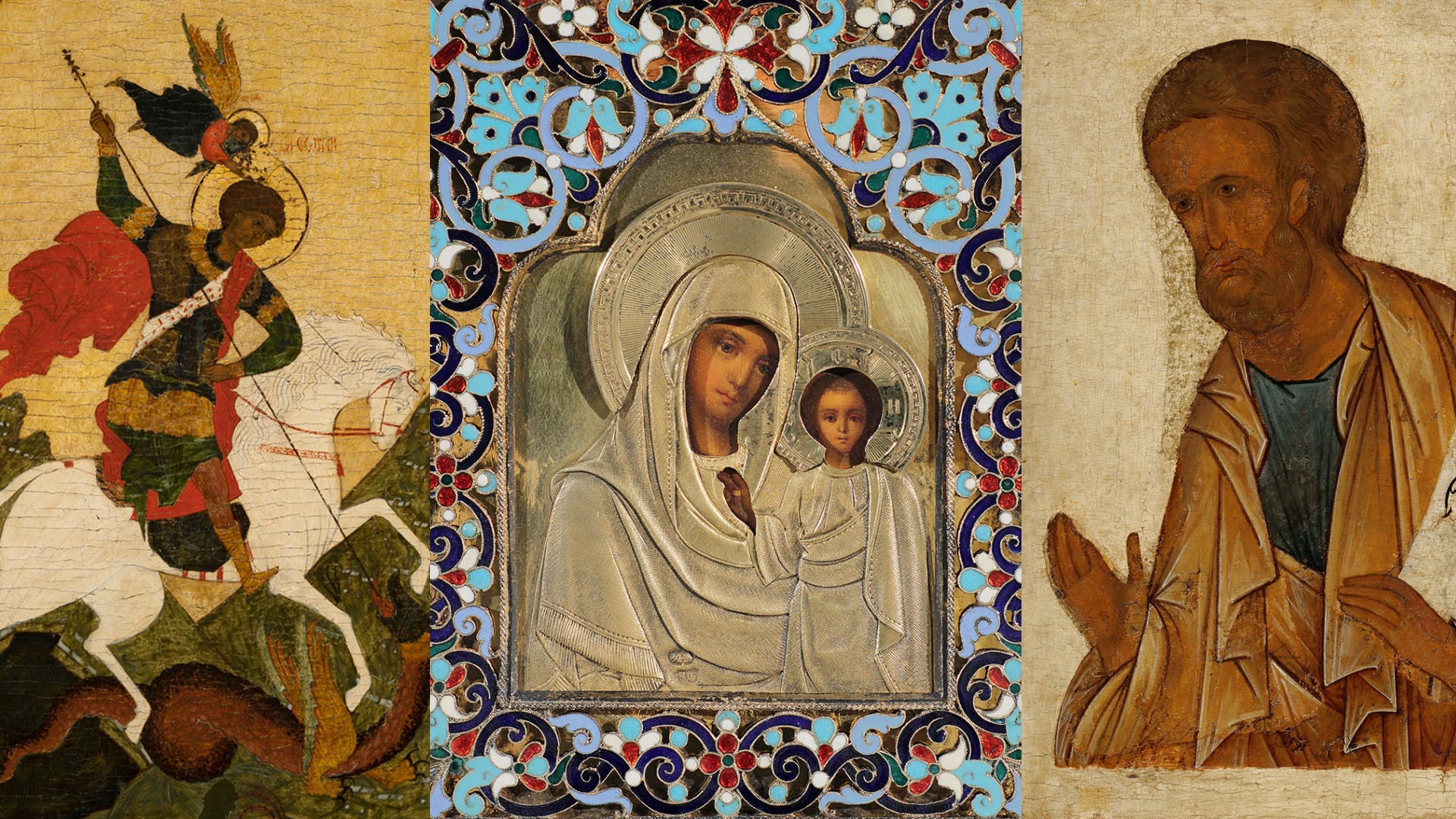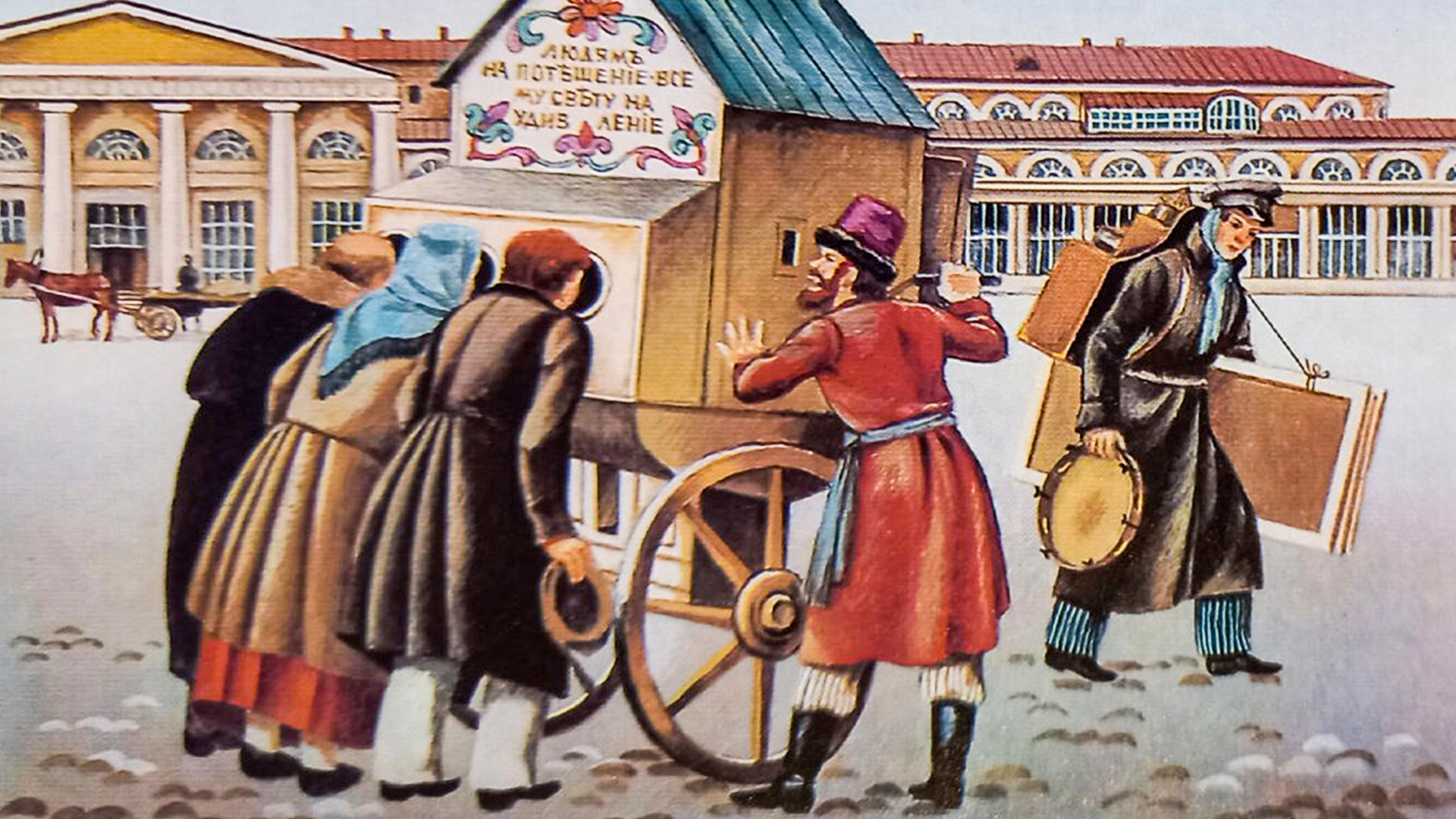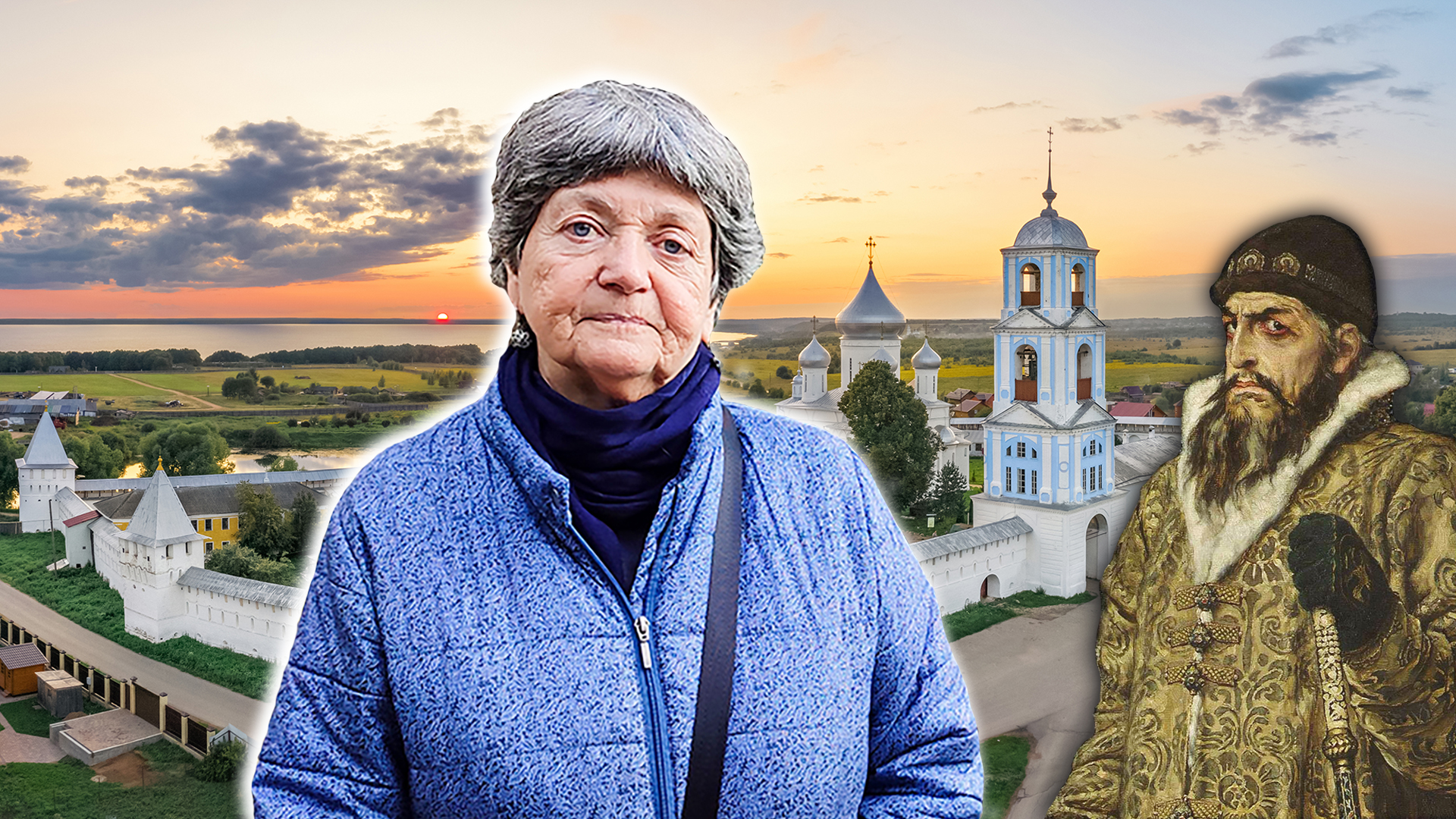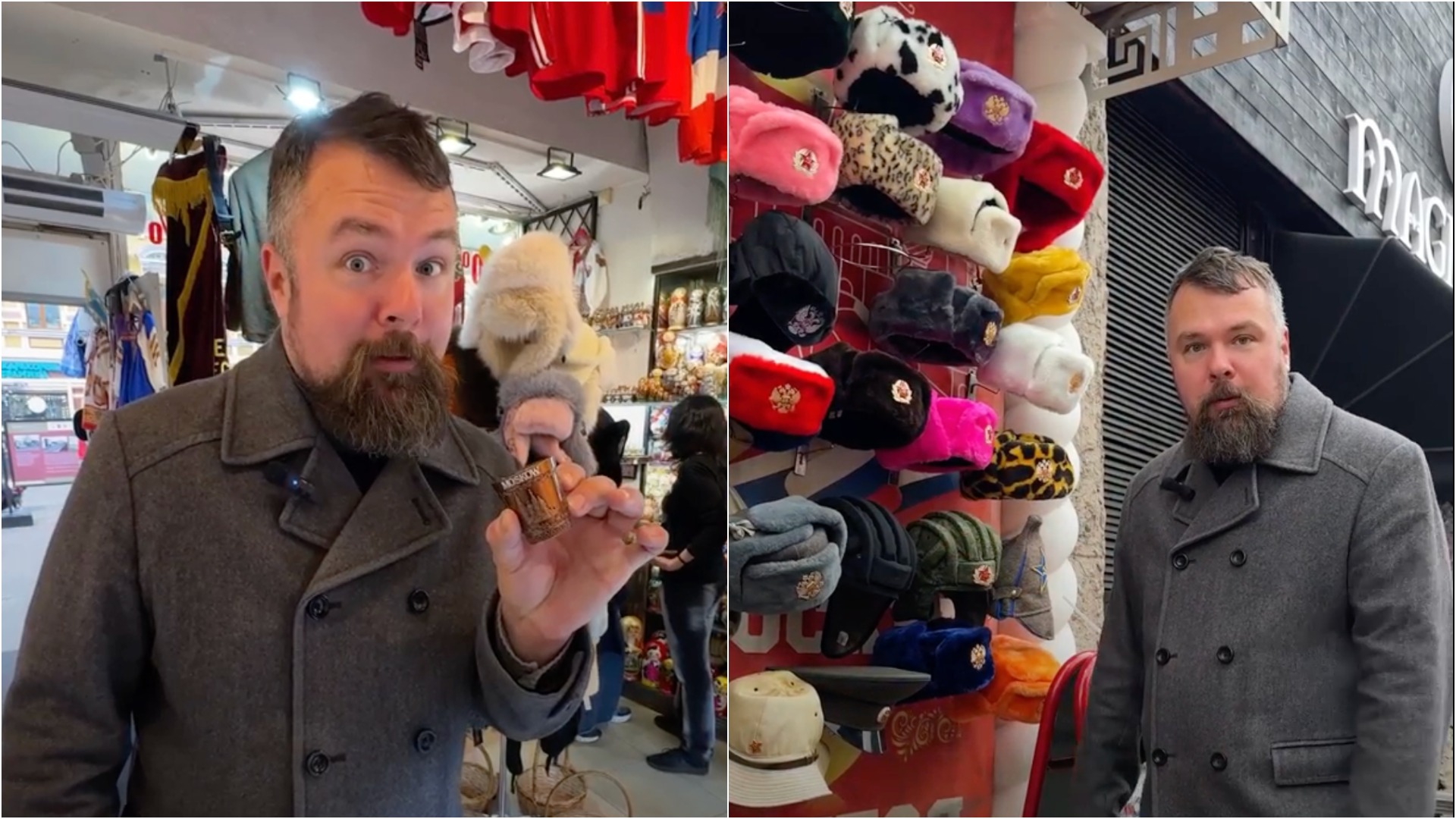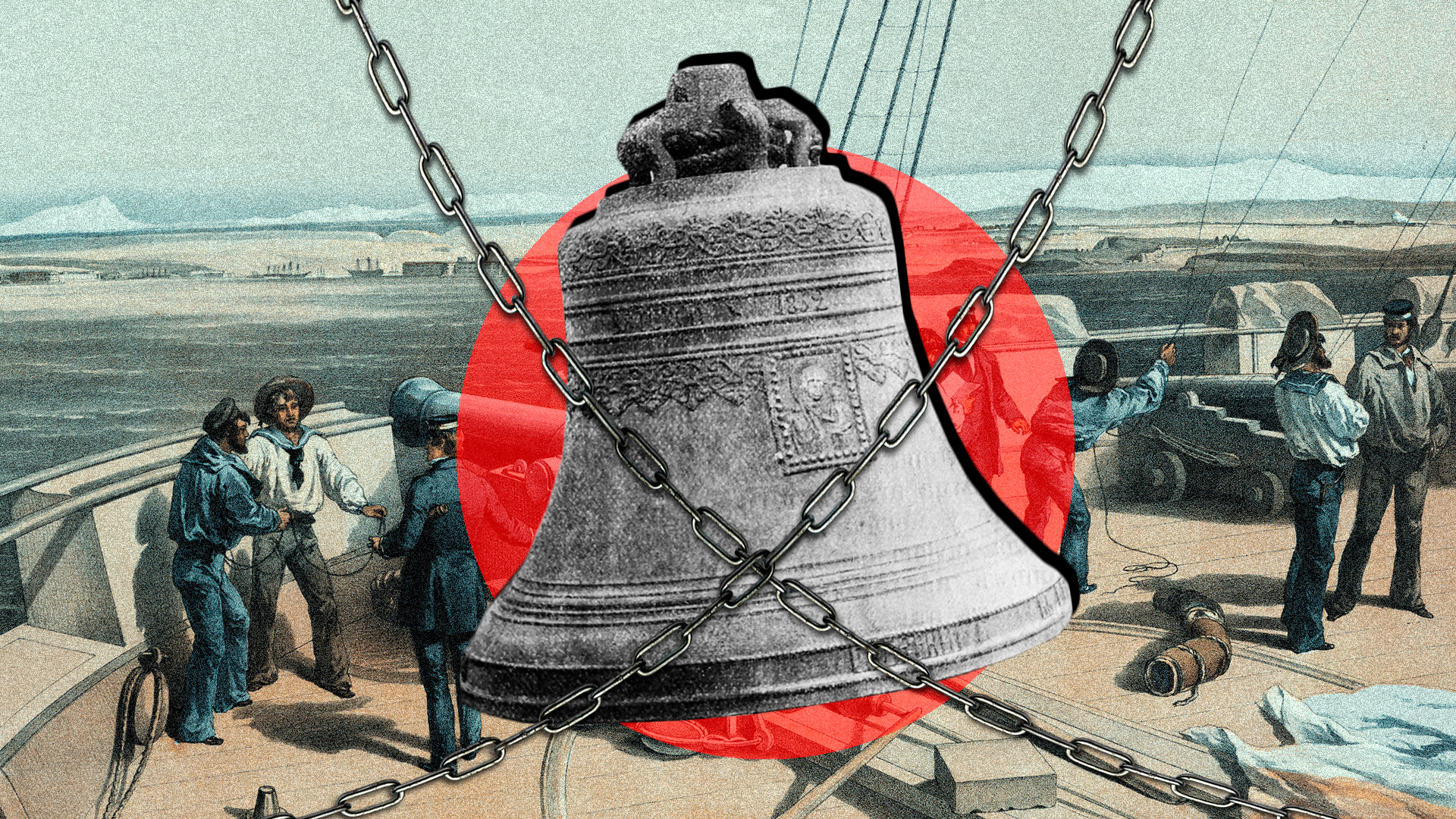
5 facts about the ‘Slavic Bazaar’ – Moscow's FIRST restaurant (PHOTOS)
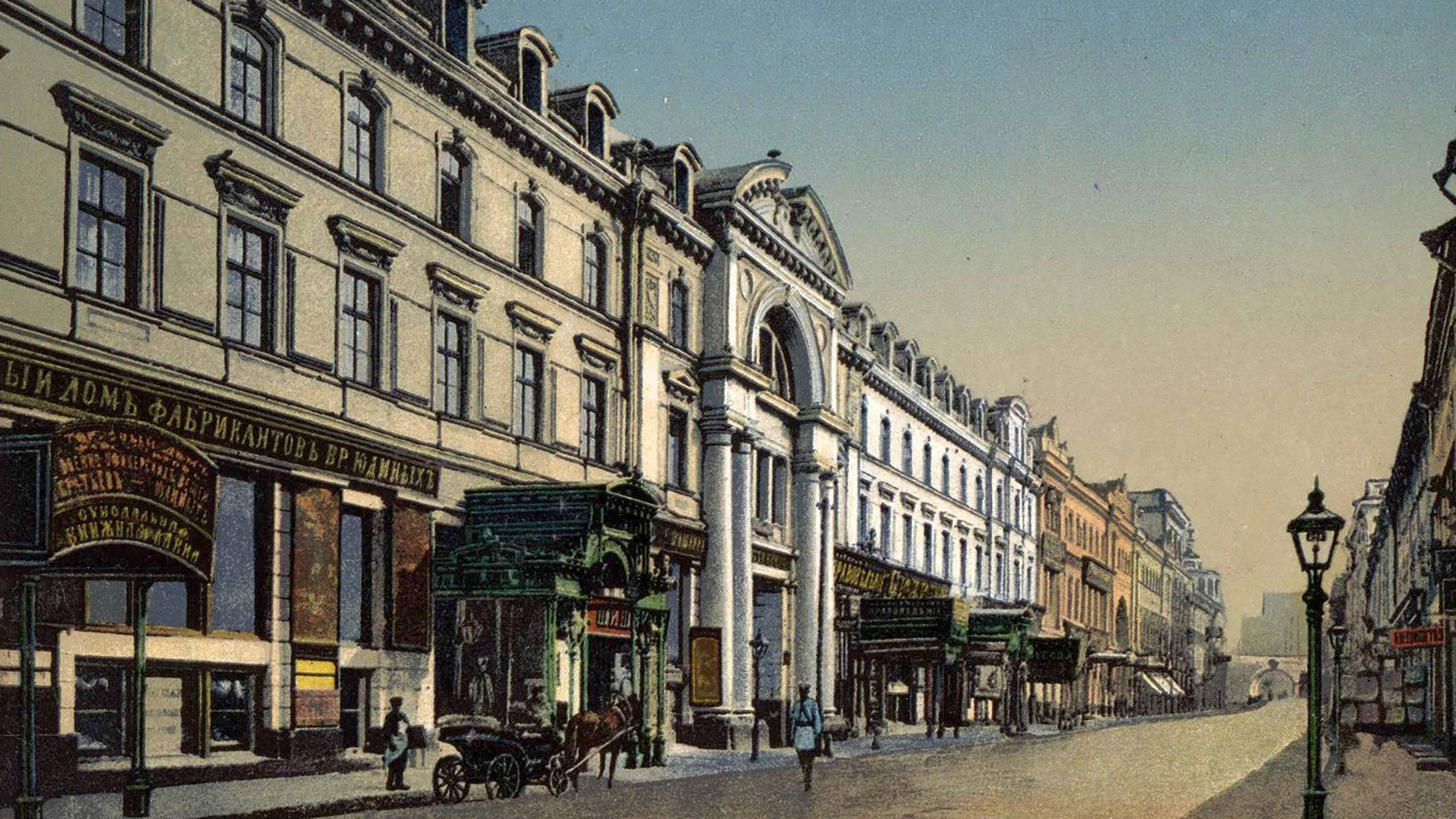
1. It amazed with its luxury
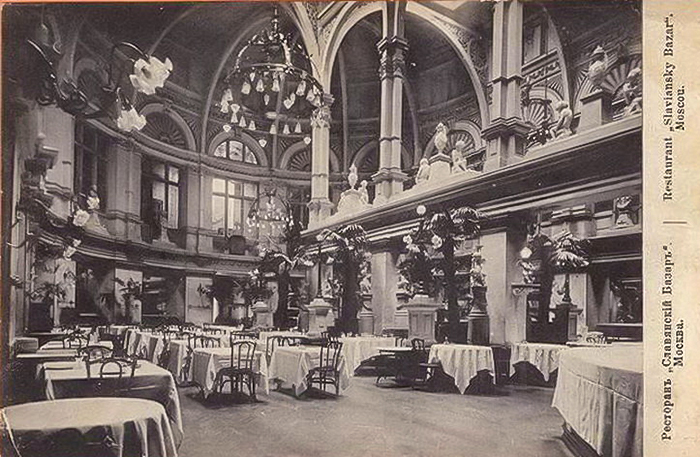
"In the city center, there was only one 'restaurant' – the ‘Slavic Bazaar’," wrote historian Vladimir Gilyarovsky. It was opened in 1873 on Nikolskaya Street in the very center of Moscow by entrepreneur Alexander Porokhovshchikov, as part of a hotel of the same name. According to contemporaries, the glass dome concealed a magnificent interior with a gallery of busts of famous Russian writers, a bubbling fountain and soft sofas made of dark crimson velvet.
Its large hall, decorated in Russian style, was adorned with Ilya Repin's painting ‘Slavic Composers’. Although writer Ivan Turgenev called it "a cold vinaigrette of the living and the dead", a lavish reception was held in its honor, attended by the entire of Moscow’s high society.
The menu (provided in Russian and French) featured the freshest fish and meat, exotic fruits specially grown in the restaurant’s own greenhouse and a vast selection of appetizers and pickles prepared on-site. Chef Vladimir Ivanov was Russian and waiters in tailcoats served the guests.
2. Artists & writers were among the patrons
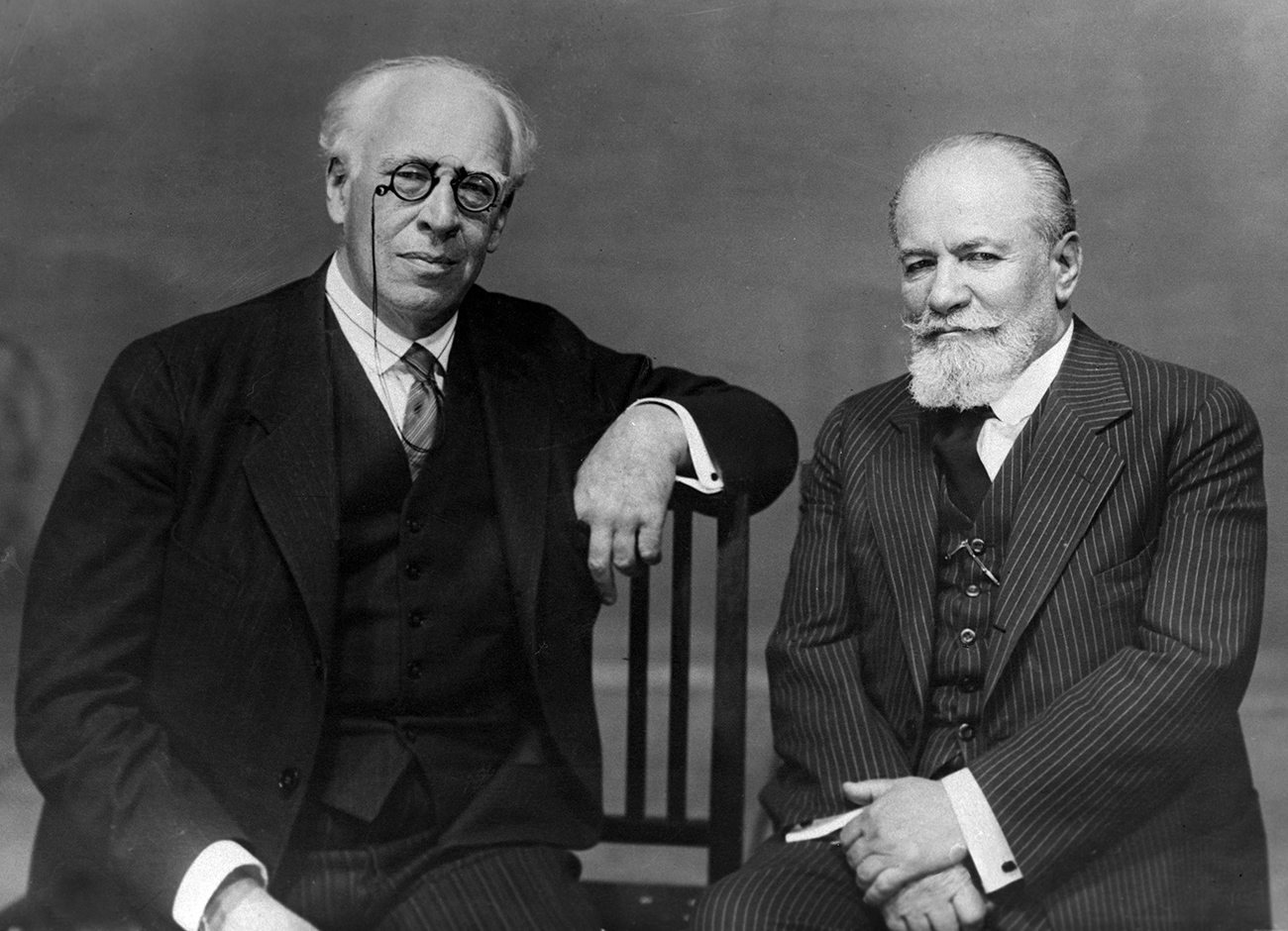
The establishment instantly became a "place of power". Of course, the hotel's guests frequented it, among whom, in Gilyarovsky's words, were "St. Petersburg ministers, Siberian gold miners, steppe landowners, owners of hundreds of thousands of dessiatines of land, and… swindlers and St. Petersburg card sharpers, who held card games in 20-ruble rooms." However, famous artists and writers were also regulars. It was there, for example, that receptions were held in honor of composers Pyotr Tchaikovsky and Antonin Dvořák.
And, in June 1897, Konstantin Stanislavsky and Vladimir Nemirovich-Danchenko met in a private room there. Their meeting lasted a whopping 18 hours. Over breakfast, lunch and dinner, they discussed theatrical art, the program and the principles of the new theater – a year later, the ‘Moscow Art Theater’ was "born".
3. They had breakfast there "until the cranes burst into flames"
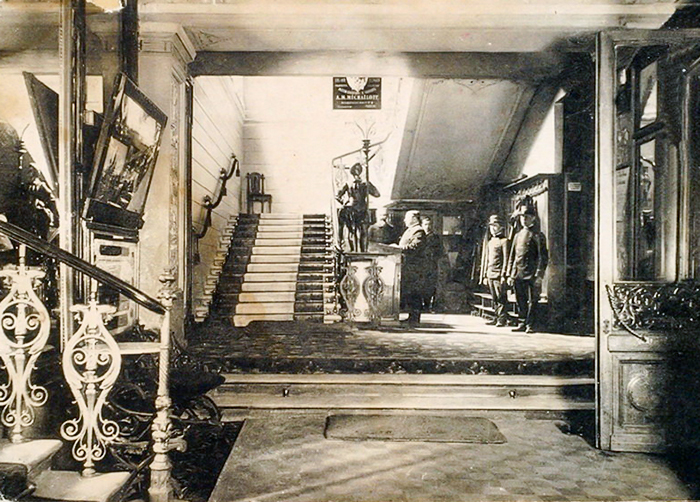
"The black, ornate buffet beneath the clock, occupying the entire back wall and covered with appetizers, looked like a table in a rich laboratory, where colorful specimens were displayed," was how patrons described the restaurant.
There, one could have a snack for 30 kopecks: This included several shots of vodka and a large selection of snacks. Merchants would conclude and celebrate successful deals at the ‘Slavic Bazaar’. These gatherings would sometimes last until three o'clock in the afternoon: champagne, liqueurs and other drinks would flow freely. Until it was time for the "cranes". The visitor who did not skimp on ordering cognac in a special crystal decanter painted with cranes and paid 50 rubles for it (several months' salary for a school teacher!) could then take the decanter home with him.
Some even held competitions to see who could collect the most "cranes": one regular visitor boasted seven.
4. Women were allowed
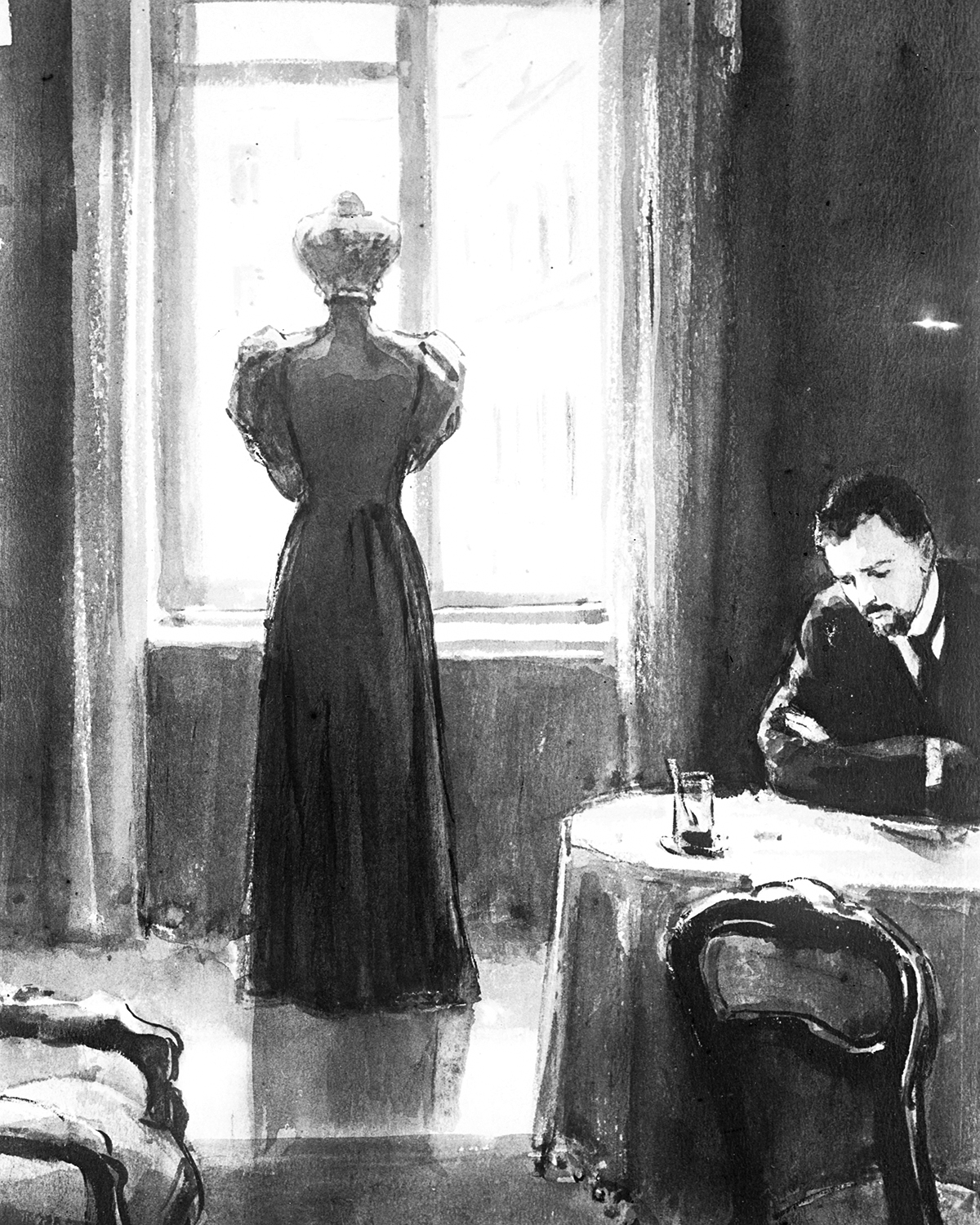
Married women could visit the restaurant unaccompanied by men, without incurring social stigma. It's no coincidence that in Chekhov's short story ‘The Lady with the Dog’, the heroine stayed at the ‘Slavic Bazaar’. It was also there that writer Boris Trigorin, in Chekhov's ‘The Seagull’, arranged to meet Nina Zarechnaya, who had decided to leave for Moscow to become an actress.
5. From Restaurant to Theater
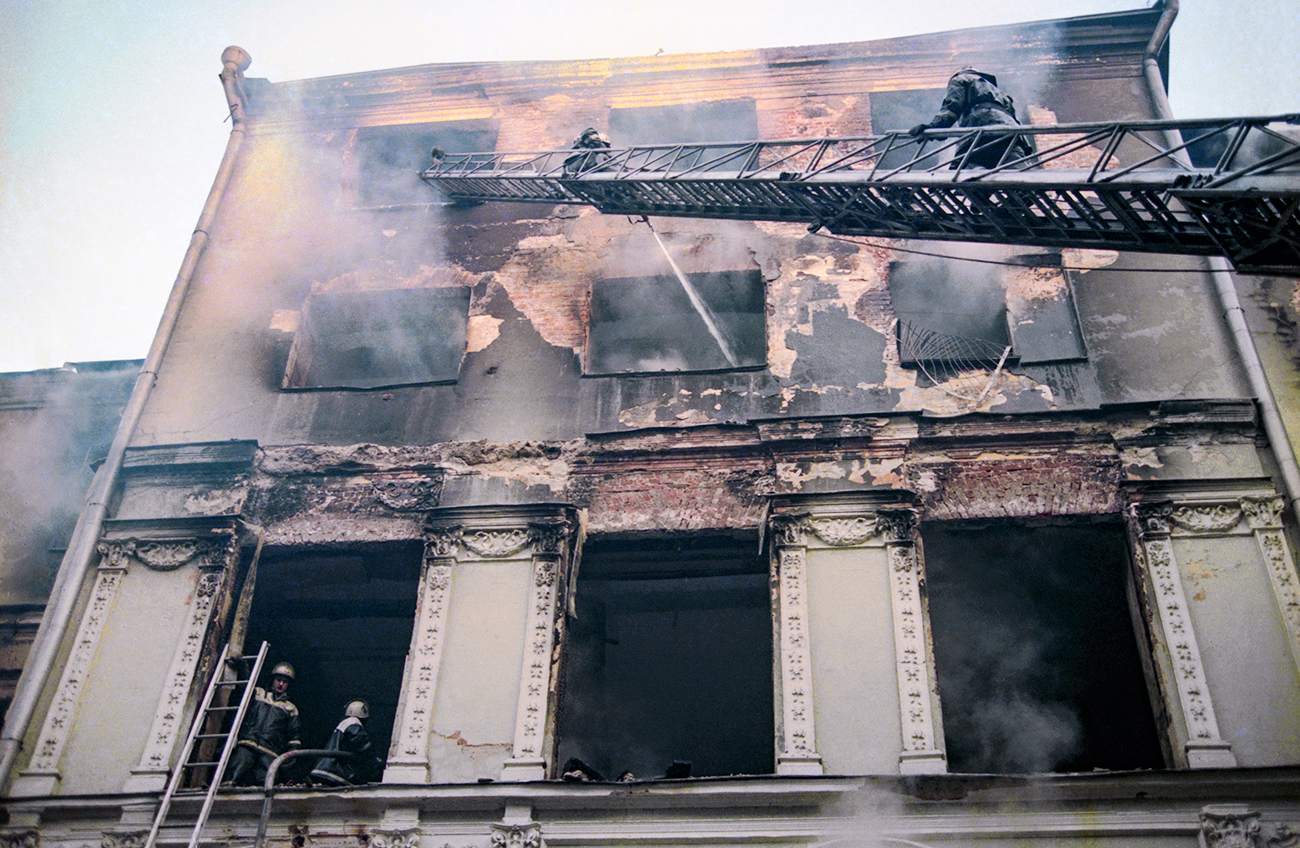
After the 1917 Bolshevik Revolution, the luxurious restaurant was first converted into an army headquarters and then a cafeteria for employees of the Central Committee and the Council of Ministers. For a time, the building even housed theaters. The ‘Slavic Bazaar’ reopened as a restaurant only in 1966, delighting customers once more with its Russian cuisine. In 1993, the restaurant burned down and, recently, it was announced that the building is planned to be restored and converted into a theater.


